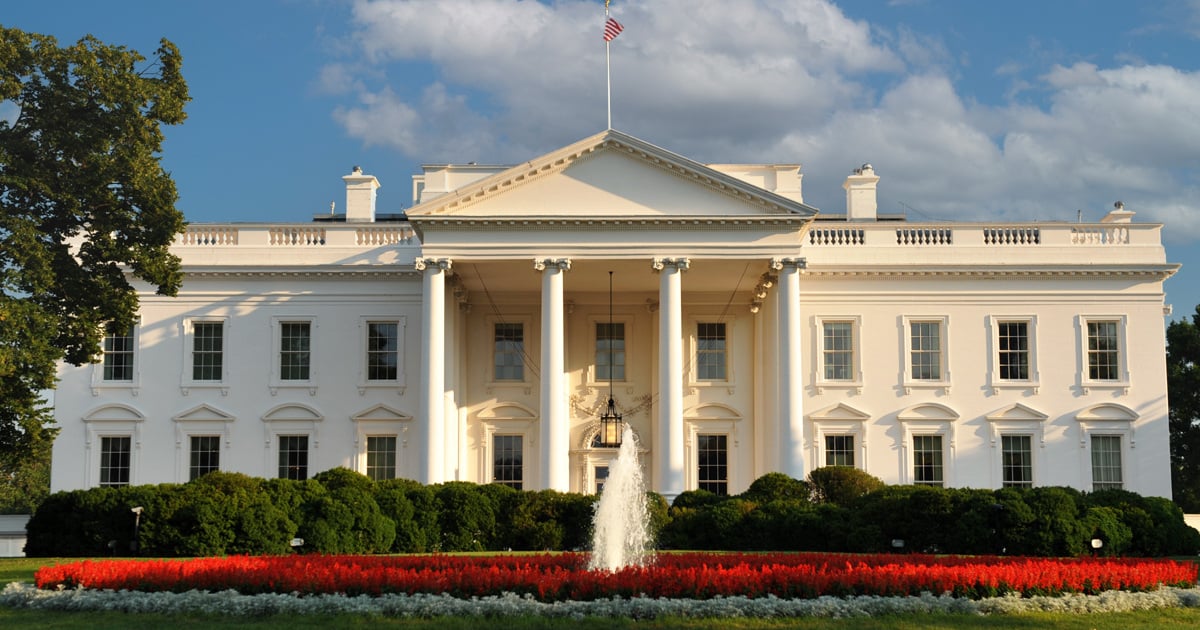Separation of Powers, the “Unitary” Executive, and the Removal Power of the President

In Humphrey's Executor v. United States,[1] the Supreme Court of the United States ruled that a statutory restriction that provided a for-cause limitation on the removal of a Federal Trade Commission member was constitutional. The Federal Trade Commission Act limited the power of the President to remove a Commissioner to “inefficiency, neglect of duty, or malfeasance in office.”[2] The Court found that the statutory provision restricted the President’s removal power to those causes. It distinguished the recent decision of the same Court in Myers v. United States,[3] finding that the federal officer removed in Myers–a postmaster–was an executive officer restricted to the performance of executive functions, while the FTC Commissioner removed in Humphrey’s Executor acted in a quasi-legislative and quasi-judicial manner, and was not a purely executive officer. The Court held that the Commissioner could only be removed by the President for the causes listed in the Act. The limiting provision was constitutional.
The Court declined to rule further, leaving the scope of its ruling, which according to the Court remained a “field of doubt,” to be determined in the future, perhaps case-by-case. That future may be now, as the current President seems to assert unlimited power to remove any federal employee at his will. This issue seems destined for the Supreme Court where Humphrey’s Executor either will be a controlling precedent or be reversed. Ironically, that case involved a conservative court deciding against a liberal President asserting unrestricted power, where the next case likely will involve a conservative President asserting unrestricted power before a conservative court.
The outcome of the next case is unpredictable. The Court in Humphrey’s Executor indirectly relied on Federalist Number 48. That essay was part of a series of five numbers that established that the Constitution was based on separation of powers, but Federalist Numbers 47 to 51 argued that the concept was misunderstood and not intended to be strictly applied.[4]
The likely key issues in the next case are whether the Constitution created a unitary executive branch and whether Humphrey’s Executor correctly interpreted the Constitution’s separation of powers aspects. The next case has widespread implications for parsing the Article II power of the President; the outcome is a close call, much closer than I previously thought.[5] I hope the Court does the matter justice.
[1] Humphrey’s Executor v. United States, 295 U.S. 602, 55 S.Ct. 869, 79 L.Ed 1611 (1935).
[2] 38 Stat.717, 718, §§ 1, 2, 14 U.S.C. §§ 41, 42.
[3] Myers v. United States, 272 U.S. 52, 47 S.Ct 21, 71 L.Ed. 160 (1926).
[4] As explained in the Federalist and in a three-part review of the Federalist in previous entries in this blog.
[5] The answer may depend on the Supreme Court’s reading of Federalist, Number 47, which reviews the separation of powers aspects in the constitutions of the original states.
About the Author: Don LeDuc is the retired president and dean of Cooley Law School. His book, Michigan Administrative Law, is revised and published annually by the West Group. He is a member of Scribes, the American Society of Writers on Legal Subjects, and received the Golden Pen Award from the Legal Writing Institute. This article is part of a multi-part series discussing the meaning of the U.S. Constitution's words.
